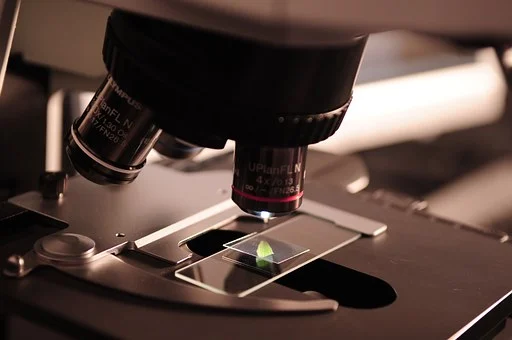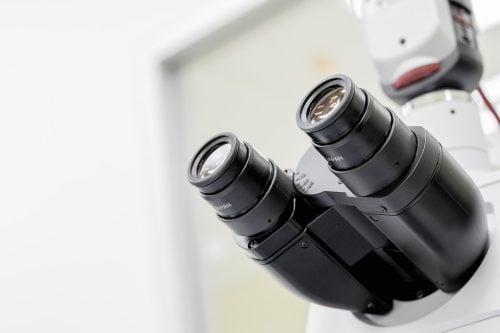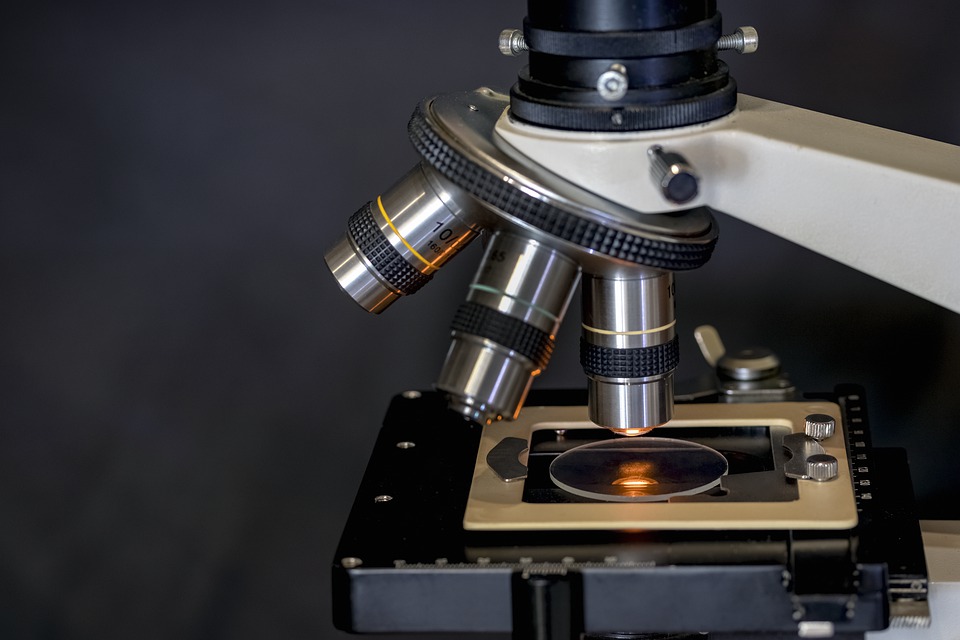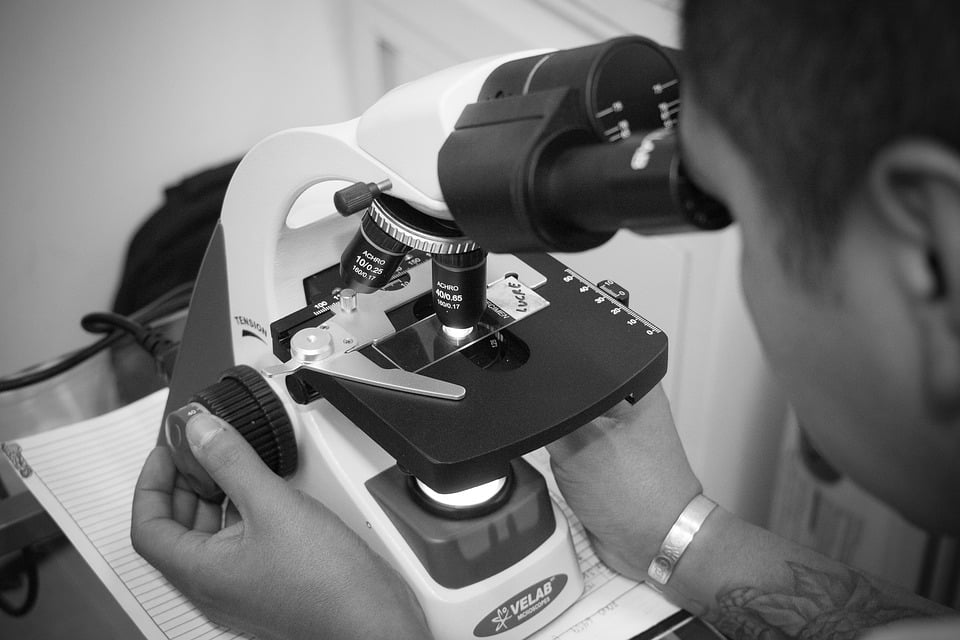Benefits of Microscopes in Laboratories
Microscopes, nowadays, are sophisticated solutions for scientists wanting to grab the insights of microorganisms. It has taken over the tiny objects that are impossible to be observed with the naked eye. Every successful institute’s goal and first preference is to take care of its students and provide them with educational facilities, such as placing microscopes in laboratories to perform magnifying tasks. Scientists also utilize this equipment to analyze and magnify the cells, check crystalline or molecular structures, etc. Furthermore, doctors even use microscopes to enlarge the tissue samples and diagnose diseases.
The discipline of microscopy employs the most prevalent portable optical microscopes, called compound light microscopes. These are present in labs, schools, and colleges, in small or large sizes that are easy to carry. It’s now elementary to reveal an invisible-to-naked-eye structure through this advanced equipment.
Contents [hide]
A Compound Light Microscope
This type of microscope is the most used one. As the name indicates, it is a mixture of two words, compound, and light. The former represents more than one lens in a microscope, typically the objective and ocular lenses. Talking about the second word, “light,” it means the apparatus works on the principle of light. Thus, a compound light microscope uses two lenses, and a light source two magnify the laboratory microorganisms.
Several microscopes can be utilized for numerous magnifying tasks, with particular resolution and magnification. You can check different microscopes here on https://microscopecrew.com/.
Resolution
The higher the microscope’s resolution, the better it will be to observe the microorganisms, including bacteria, viruses, fungi, etc. We can define resolution as the capability through which a microscope separates the closely-placed specimen on the plate.
Resolution largely depends on the excellent quality of the lens used and the light wavelength. A light source with a shorter wavelength would be beneficial.
Magnification
It means the capability to enlarge a tiny object from its original size through microscopic lenses. Besides acquiring the best magnifying power, one should also take care of the specimen details, which should be very clear. A compound light microscope calculates its magnification by multiplying the power of the eyepiece lens with the power of an objective lens. In general, the traditional magnifying power of an eyepiece is 10x, while that of the objective lens is 4x, 10x, 20x, or more.
Know the Benefits of Microscopes in Laboratories
Microscopes are extensively used in different fields where the laboratories play the most role. These can be the scientific laboratories acquiring such equipment or the institutional labs using microscopes. Let’s discuss the overall benefits below:
- A compound light microscope helps the students understand tiny structures, such as microorganisms (e.g., bacteria), in medical laboratories.
- Students learn the several techniques and technologies equipped in a microscope, including lenses physics, characteristics of a light source, dry & wet staining methods, etc.
- Most microscopes are portable (that is why placed in labs), hence, very easy to install and operate by everyone.
- These microscopes benefit the lab economy as they are very inexpensive compared to electron microscopes. That is why a compound light microscope is considered an ideal tool, resting upon the labs with a cost of approximately a hundred dollars. Moreover, the parts to be replaced are also cheap, if you ever want to change them.
- The microscopes used in laboratories are very handy and lightweight to utilize with minimum energy. So, if you’re a student, you can immediately go experimenting on compound light microscopes in laboratories.
- Such microscopes are helpful for institutes because of being in smaller sizes and grabbing little space. Studying and magnifying multiple microorganisms have now become comfortable with this.
- The excellent and non-destructive light source used in these portable microscopes helps the teachers and students study the images for more duration. It is advantageous to study cell dynamics deeply.
Who is Eligible to Use a Microscope?
This apparatus has taken over the entire scientific and medical laboratories to observe the tiny and unseen objects. Hence, there are no specific criteria to use a microscope, and anyone can acquire it to magnify objects, especially people in molecular biology. Most biologists magnify the parasitic organisms and conclude the diseases caused by them.







